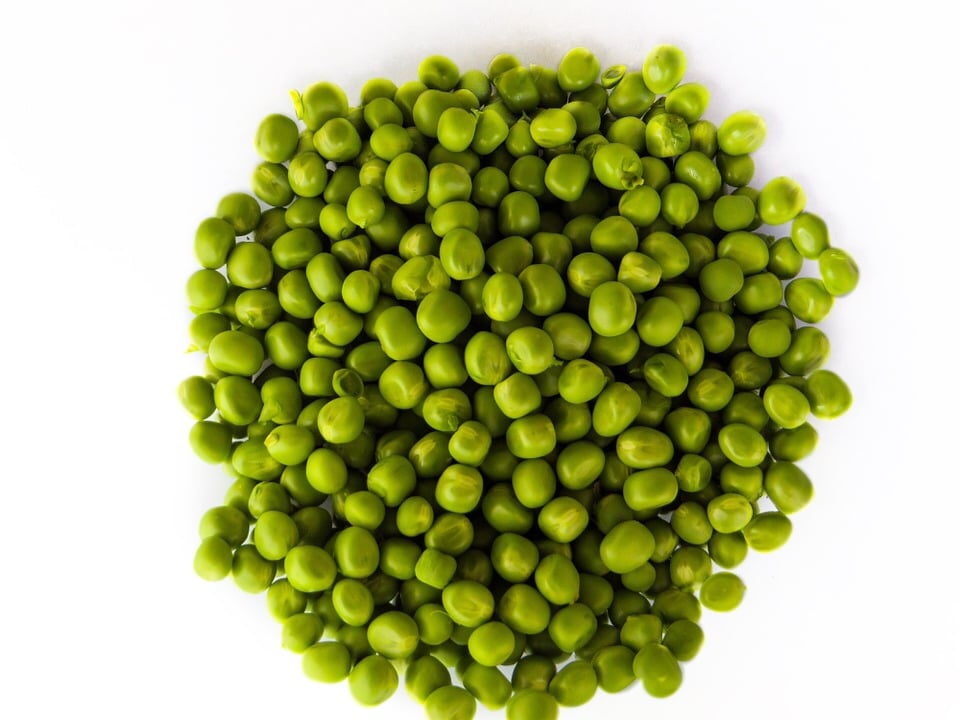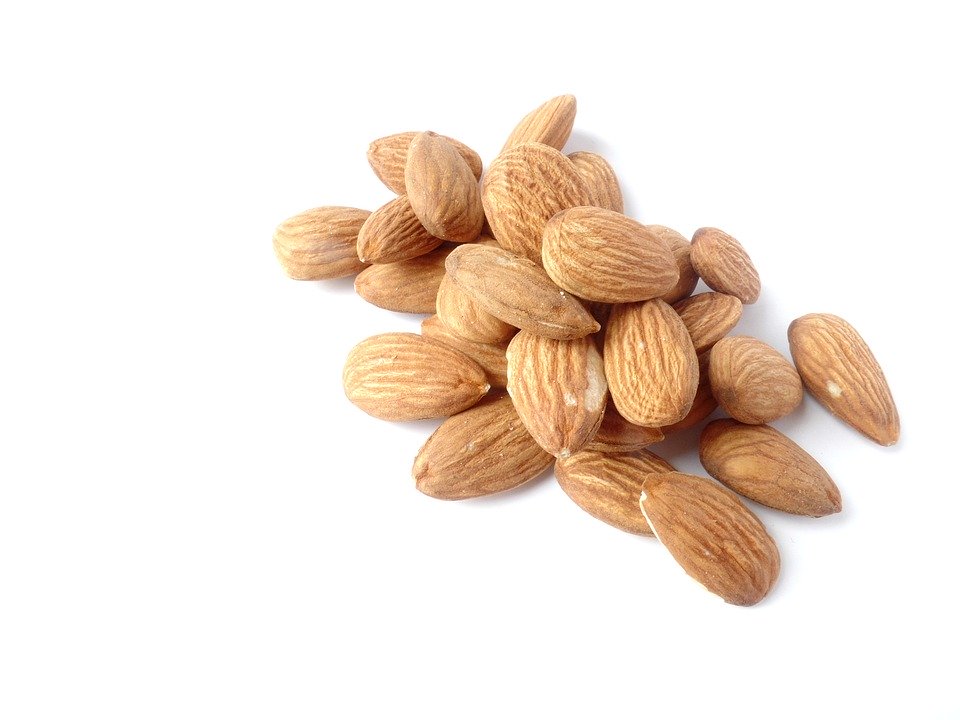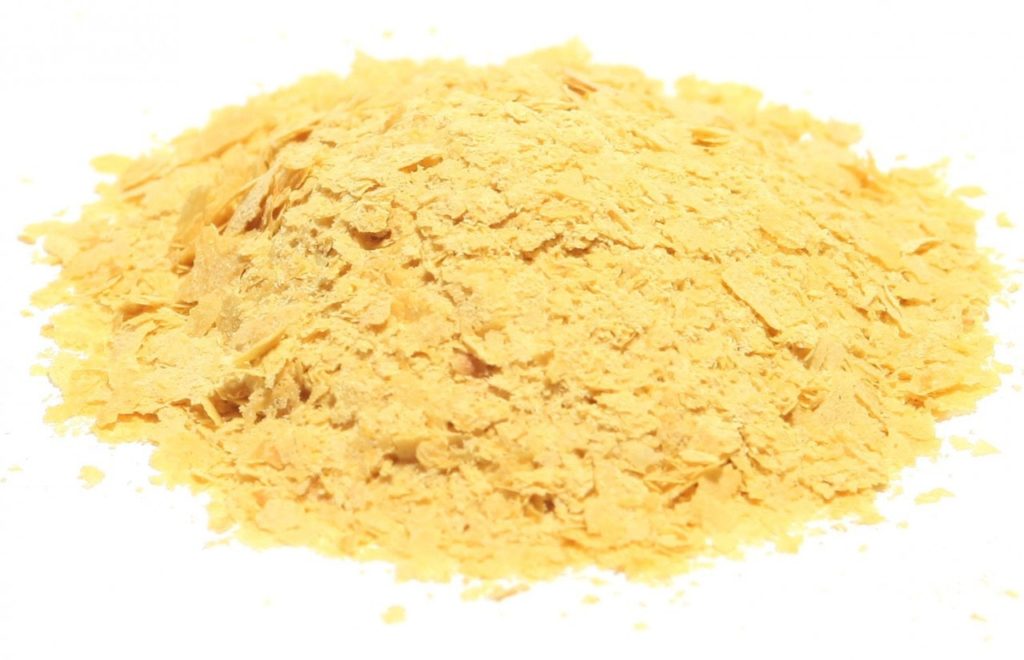In the last few years we’ve seen the plant-based protein trend explode and experts predict that it will continue to grow. But, not all plant-based proteins are created equally, so today, I’m breaking down the best sources of plant-based protein on the market to help you chose the ones that are right for you.
Beans, Chickpeas, Lentils

Beans, chickpeas, and lentils are part of the legume family and are some of the best sources of plant-based protein. They are all very versatile and are great way to start incorporating more plant-based protein into your diet. Beans and lentils are good sources of protein, iron and fibre, and are inexpensive. They are readily available at the grocery store and you can find them either canned or dried. Dried beans take longer to prepare because they need to be soaked overnight prior to cooking but if you have a pressure cooker (or a multi-purpose pot, like an Instant Pot with a pressure cooker feature), the time to prepare dried beans can be shortened.
Dried lentils are a much quicker to prepare because they don’t need to be soaked overnight and take between 20-40 minutes to cook depending on the variety (red lentils cook faster than brown/green lentils). For a quicker and more convenient option, canned beans and lentils are pre-cooked and ready to use. All you have to do is drain the liquid from the can and give them a good rinse. There are also many pre-made products available at the grocery store made from beans and lentils, such as chickpea or lentil pastas, patties made from black beans, and falafels which are made from chickpeas.
Beans and lentils work well in salads and soups and can be made into patties (for example, as a beef hamburger substitute). They also work well in dishes that include meat, like chili and stew. If you are big meat-lover and are just warming up to the idea of plant-based protein, combining beans with meat might be a good way to start. Try this recipe for 30 Minute Pumpkin Chili!
Soy Products
Edamame
Edamame is a young soybean that is harvested before it gets to ripe or hard. You can buy them shelled or in their pods and they are available fresh or frozen. They are a good source of protein, iron and calcium. Many people eat them as a snack right out of the pod but they can also be used in a stir-fry, soup, pasta or salad.
Tofu

Tofu is one of the best sources of plant-based protein. Tofu is a made of condensed soy milk that is pressed into solid white blocks in a process quite similar to cheesemaking. There are different types available based on its firmness – you can get soft or silk tofu, medium, firm and extra firm. All types of tofu are budget-friendly and are good sources of protein, iron and calcium.
Tofu works well in a variety of dishes, is a sponge for any type of flavour that is added to it. If you are just starting out with tofu, most cooking experts suggest using a firmer variety because it can be used in many different ways – baked, in a stir-fry, and fried. For those who are new to using tofu, this recipe for Sheet Pan Crispy Teriyaki Tofu and Broccoli is a great recipe to start with and will impress your entire family. The soft or silken tofu also works well as a protein source in a smoothie as an alternative to protein powder. Once it’s blended with fruit, you won’t even notice it’s there!
Tempeh

Tempeh is a traditional Indonesian food made from soy and many versions also have beans, grains and flavourings. Tempeh has a nutty flavour and like tofu, tends to absorb the flavours, seasonings or sauces added to it making it quite versatile. Tempeh can be cut to look a like steak, or you can cut it into cubes and use it on a skewer or in a stir-fry. Tempeh is made from fermenting soybeans making it a good source of prebiotics and it is also a good source of protein and vitamins and minerals, making it a staple in many vegetarian and vegan diets.
Soy Protein
The protein from soy is also commonly used in processed products as a “meatless” alternative to hamburgers, sausages, hot dogs, ground meats and even deli slices. It often appears on an ingredient label as “textured soy protein.” These products are generally highly processed and can contain high amounts of sodium (similar to the amount in the animal versions of deli meats, sausages, and hot dogs) so be sure to read the label before purchasing and limit any highly processed options to an occasional food choice.
Seitan
Seitan is made out of gluten (the protein found in wheat) and water and is high in protein and in minerals like iron and selenium. For those that want to include more plant-based protein in their diet but cannot eat soy products, this may be a good option. Seitan has a neutral taste and like tofu and tempeh, can take on flavours well. Its firm texture allows it to be used in ways similar to firm tofu and tempeh. Seitan is also found in some premade meat alternative products like “plant-based bacon.”
Pea Protein

Pea protein is made from ground yellow split peas and has become quite popular in the past year. It is a good source of protein and iron and provides a soy-free and wheat-free plant protein option for those with allergies. As opposed to buying and preparing items with it yourself (although you can buy it as a powder), this is the main protein source used in some of the newer plant-based meat-alternative options on the market.
Pea-protein is used in the popular Beyond Meat and LightLife plant-based burgers as well as the President’s Choice line of plant-based “chickenless” chicken products and simulated beef burgers. These products tend to have a meaty texture and are made to resemble the animal-based versions. The products that contain pea protein are generally highly processed. Since these products are similar to meat, they can be a great way to try plant-based foods for the first time, but try to limit them to an occasional option as they tend to be high in sodium and can also be expensive.
Nuts and Seeds

Nuts and seeds contain plenty of healthy fats as well as antioxidants and vitamins and minerals but they also contribute protein. A handful of nuts and/or seeds (28g serving/~1.4 cup) provides between 4-6grams of protein. Nuts and seeds are great to eat as part of a snack to get a little bit of protein and healthy fats in between meals but they also work well in salads and baked goods. And of course, when turned into a butter, they work so well on toast or in a sandwich with whole grain bread. Sesame seed butter, known as tahini is increasingly in popularity and is used in baked goods in place of butter or oil, in salad dressings and most commonly, is an ingredient used to make hummus.
Whole Grains

When people think of whole grains, they don’t often think about protein, but whole grains can actually contribute a fair amount of protein to someone’s diet and there is a wide variety to chose from and so many ways to incorporate them into your diet. The chart below is an easy way to compare different whole grains and their protein content based on serving sizes. Keep in mind that many people will often eat more than the ½ cup serving size used below so the protein eaten will be much higher than listed. In addition to some protein, whole grains also provide other important nutrients such as fibre, iron magnesium and phosphorous.
Nutritional Yeast

Nutritional yeast has a light powdery texture and a cheesy flavour. With 2g of protein per 1 tbsp, nutritional yeast is a great topper for pasta, grain bowls, or popcorn.
If you are looking to incorporate more plant-based options into your diet, there is a wide variety to choose from. Reluctant to try plant-based proteins? Try starting by pairing them with meat as way to ease into it. Many plant-based proteins are highly nutritious, versatile, and can help reduce your grocery bill. Give one a try today and let us know what you think!
Don’t miss a thing! Subscribe to receive the latest recipes and healthy eating tips straight to your inbox!
[yikes-mailchimp form=”2″]
About the author:
Christina is a Toronto-based registered dietitian who has been working in the area of mental health and addictions for several years. She is also a mom, foodie and fitness enthusiast. She has always been passionate about health and nutrition and wants to empower others to improve their physical and mental health by eating nutritious foods. Christina loves to cook and believes that healthy eating doesn’t have to be fancy or complicated, if you start with whole foods and good quality ingredients, the flavours will speak for themselves. Follow her posts on @cucina_di_christina for delicious recipes and nutrition tips.




